The Singer sewing machine has long been an iconic symbol of sewing excellence, with a rich history dating back to the 19th century. For enthusiasts of vintage models, accessing original instruction manuals is crucial for proper operation, maintenance, and restoration. While Singer’s official website offers limited resources, dedicated platforms like Archive.org, eBay, and specialized forums have become go-to destinations for these invaluable guides. These manuals not only provide technical insights but also connect users to the legacy of their machines, ensuring they continue to function as intended for generations to come.
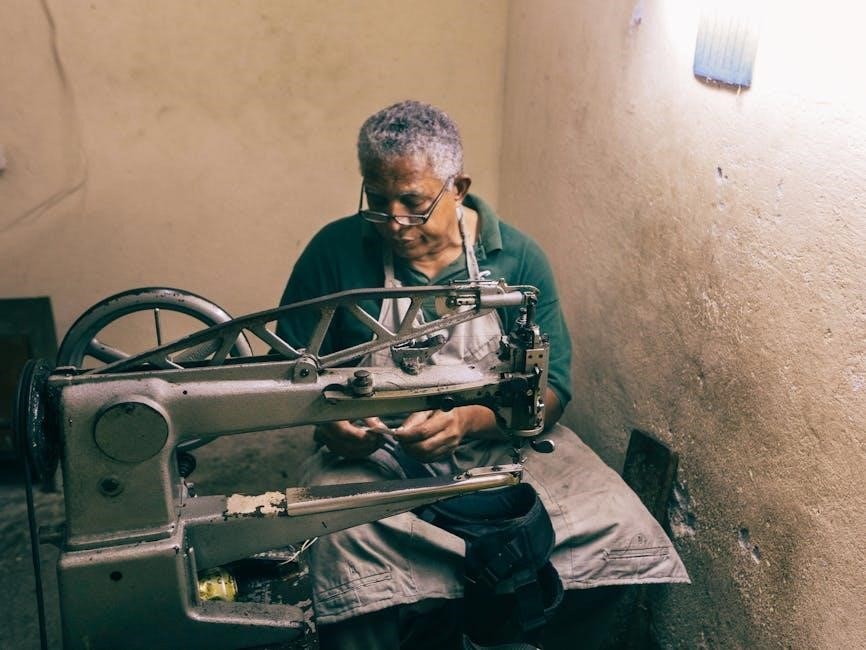
History of Singer Sewing Machines
The Singer Sewing Company, founded in 1851 by Isaac Merritt Singer, revolutionized the sewing industry with its groundbreaking innovations. Singer’s first practical sewing machine, patented in 1851, introduced the transverse shuttle mechanism, which significantly improved stitching efficiency. This invention not only transformed home sewing but also laid the foundation for industrial sewing, making Singer a household name globally.
Throughout the 19th and early 20th centuries, Singer continued to innovate, introducing models like the “Turtle Back” in 1856 and the “Red Eye” in 1858. These machines were known for their durability and ease of use, catering to both domestic and industrial needs. The company’s commitment to quality and affordability made sewing accessible to people worldwide, earning Singer a reputation as a leader in the industry.
The late 19th and early 20th centuries saw Singer expand its product line, introducing electric sewing machines in the 1880s. Models like the Singer 99 and 99K, introduced in the 1910s, became favorites among home sewers due to their portability and versatility. These machines were often passed down through generations, becoming cherished family heirlooms.
Singer’s global reach was another key factor in its success. By the early 20th century, the company had established factories in Scotland, Russia, and other parts of the world, ensuring widespread distribution of its products. This global presence not only solidified Singer’s dominance in the market but also made its sewing machines a staple in households and factories across the globe.
Today, vintage Singer sewing machines are highly sought after by collectors and enthusiasts. Their enduring popularity is a testament to the company’s commitment to innovation and quality. Many of these machines, even those over a century old, remain functional, offering a glimpse into the rich history of sewing technology.
The history of Singer sewing machines is a story of innovation, accessibility, and global impact. From its humble beginnings to its rise as a global powerhouse, Singer has left an indelible mark on the world of sewing. Its legacy continues to inspire sewers and collectors alike, ensuring that the Singer name remains synonymous with excellence in sewing machinery.
Availability of Old Singer Sewing Machine Manuals
Locating manuals for vintage Singer sewing machines is easier than ever, thanks to various online resources. Singer’s official website offers a limited selection of manuals, primarily for newer models. However, platforms like Archive.org provide an extensive collection of vintage Singer manuals, free for download. eBay also offers original and reproduction manuals, often at affordable prices. Additionally, specialized forums and communities, such as Reddit’s r/vintagesewing, share links to rare manuals and provide support for enthusiasts. These resources ensure that owners of old Singer machines can access the guidance they need to maintain and operate their devices effectively.
Singer Official Website
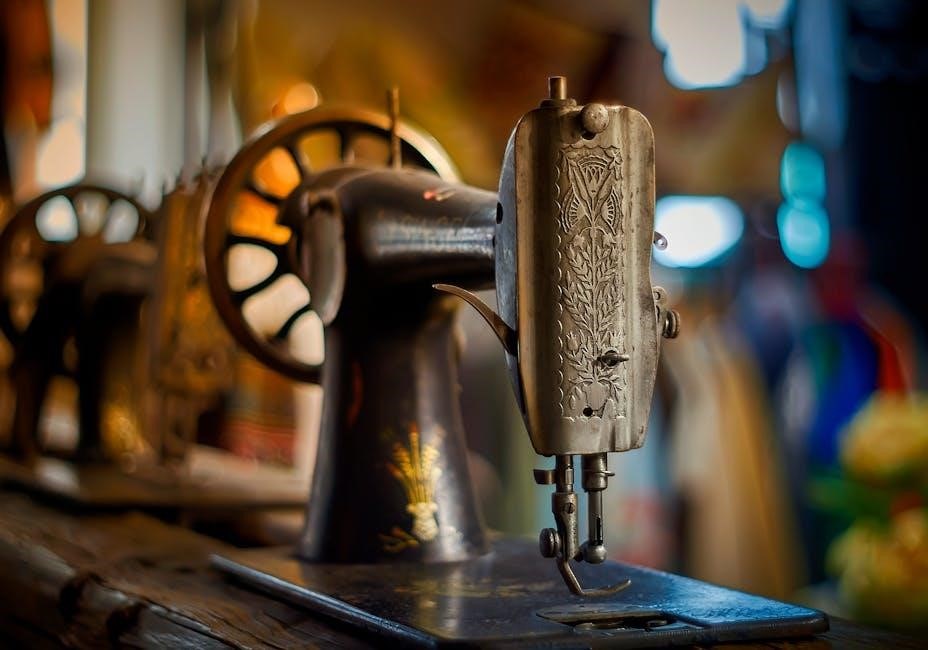
The Singer official website remains a primary resource for individuals seeking instruction manuals for their sewing machines, including vintage models. While the site primarily focuses on contemporary models, it does offer a selection of manuals for older machines. However, the availability of these manuals has seen fluctuations over the years. Following the merger of Singer, Pfaff, and Husqvarna websites, the manual section was significantly reduced, leaving many vintage sewing machine owners searching for alternative sources.
Despite these changes, Singer has made efforts to improve the accessibility of its resources. The company directs users to specific pages or partner websites, such as vintagesingerparts.com, where older manuals can be found. This shift reflects Singer’s acknowledgment of the enduring popularity of its vintage machines and the need to support enthusiasts who wish to maintain and operate them.
Pros of using the Singer official website include the reliability of the information and the assurance that the manuals are authentic. However, the limited scope of available manuals for older models can be a drawback. Users may find that manuals for rarer or discontinued models are no longer hosted on the site. In such cases, Singer encourages customers to explore third-party platforms or specialized communities for assistance.

- Pros: Reliable source, authentic manuals, user-friendly interface.
- Cons: Limited selection for vintage models, redirects to third-party sites.
For those seeking comprehensive support, combining the official website with other resources like Archive.org or specialized forums may yield the best results.
Archive.org
Archive.org, a digital archive of public-domain and creative-commons-licensed content, has emerged as a treasure trove for enthusiasts of vintage Singer sewing machines; This platform hosts an extensive collection of instruction manuals, service guides, and related documents for a wide range of Singer models, including rare and discontinued ones. For those seeking old Singer sewing machine instruction manuals, Archive.org is an invaluable resource that offers free and unrestricted access to these materials.

The manuals available on Archive.org span multiple decades, covering models from the early 20th century to more recent vintage machines. For instance, users can find the Directions for Using Singer’s Patent Straight Needle Transverse Shuttle Machines, published between 1850 and 1920, as part of the Smithsonian NMAH Archives Center’s Warshaw Collection. Additionally, manuals for specific models like the Singer 337 and Singer 4526/4528/4530 are readily available, ensuring that owners of these machines can access the information they need to operate and maintain their devices effectively.
One of the key advantages of using Archive.org is its user-friendly interface, which allows visitors to search for manuals by model number, publication year, or specific features. The platform also supports multiple formats, including PDF, making it easy to download and print the manuals for offline use. Furthermore, Archive.org frequently updates its collections, ensuring that new additions are regularly made available to the public.
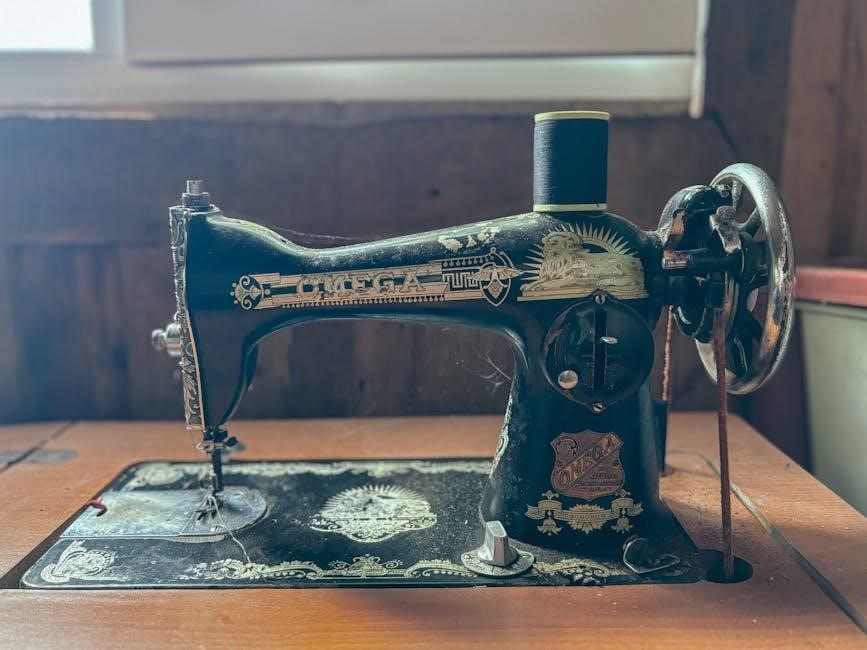
For researchers and historians, Archive.org provides a unique opportunity to explore the evolution of Singer sewing machines over time. The manuals not only offer technical insights but also reveal the design philosophies and innovations of their era. This historical context makes Archive.org a valuable resource for anyone interested in the preservation and restoration of vintage sewing machines.

While Archive.org is an excellent starting point, users may occasionally encounter incomplete or missing manuals. In such cases, cross-referencing with other platforms like eBay or specialized forums can help fill in the gaps. Nonetheless, the sheer volume and accessibility of Singer sewing machine manuals on Archive.org make it an indispensable tool for enthusiasts worldwide.
- Key Features:
- Free access to hundreds of vintage Singer sewing machine manuals.
- Searchable by model number, year, and specific features.
- Supports multiple formats, including PDF, for easy downloading.
- Regular updates with new additions to the collection.
- Limitations:
- Some manuals may be incomplete or missing.
- Requires basic knowledge of model numbers or specifications for effective searching.
eBay
eBay has become a popular platform for enthusiasts and collectors seeking old Singer sewing machine instruction manuals. This global marketplace offers a wide range of manuals, both in digital and physical formats, catering to various Singer models, including rare and vintage ones. Whether you’re restoring a classic Singer machine or simply need guidance on its operation, eBay provides a convenient and accessible way to acquire these essential resources.
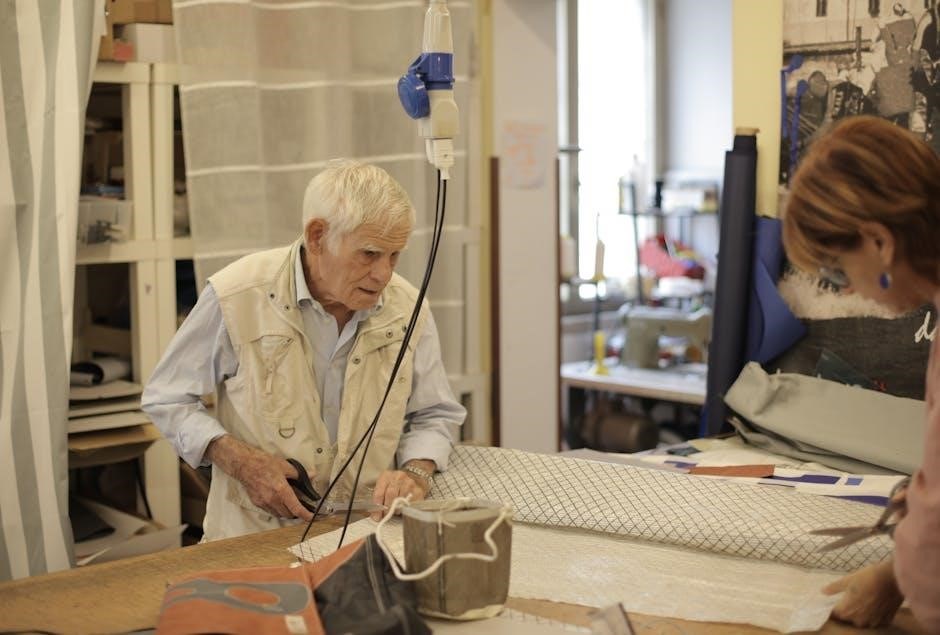
One of the standout features of eBay is its diverse selection of Singer sewing machine manuals. Users can find original vintage manuals, reproduction copies, and even digital versions that can be downloaded instantly. For instance, manuals for models like the Singer Touch & Sew-II Special Zigzag and the Singer 24 Sewing Machine are frequently listed. These manuals often include detailed instructions for operation, maintenance, and troubleshooting, making them invaluable for both novice and experienced users.
eBay’s search functionality allows buyers to filter results by model number, publication year, and condition, ensuring a more precise and efficient shopping experience. Additionally, many sellers offer international shipping, making it possible for global enthusiasts to access these manuals. The platform also features customer reviews and seller ratings, which can help buyers assess the reliability and quality of the manuals before making a purchase.

For those on a budget, eBay often has affordable options, with some manuals priced as low as a few dollars. However, rare or highly sought-after manuals may command higher prices, especially if they are in excellent condition or include additional resources like parts lists or diagrams. Buyers should also be aware that some listings may require payment for shipping, which can vary depending on the seller’s location.
While eBay is an excellent resource, it’s important to exercise caution when purchasing manuals. Buyers should verify the seller’s reputation, check the manual’s compatibility with their specific Singer model, and review the listing description carefully to ensure it meets their needs. In some cases, sellers may offer refunds or replacements if the manual does not match the description, providing an added layer of security for buyers.
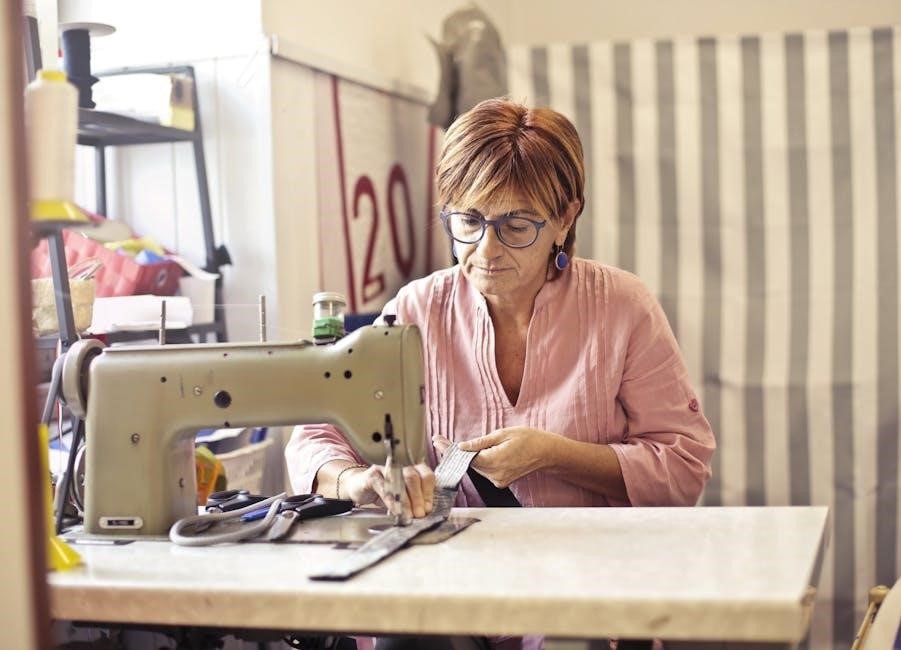
- Key Benefits:
- Diverse selection of Singer sewing machine manuals, including rare and vintage models.
- Both digital and physical formats available for convenience.
- Search filters allow for precise matching of model numbers and conditions.
- Customer reviews and seller ratings provide insight into product quality.
- International shipping options cater to a global audience.
- Considerations:
- Prices may vary widely depending on rarity and condition.
- Some listings may require additional payment for shipping.
- Verification of manual compatibility and seller reliability is essential.
Specialized Forums and Communities
Specialized forums and communities have become invaluable resources for enthusiasts seeking old Singer sewing machine instruction manuals. These platforms, often dedicated to vintage sewing machines, provide a space for collectors, restorers, and sewists to share knowledge, resources, and experiences. They are particularly useful for those who cannot find manuals through official channels or prefer to connect with like-minded individuals who understand the unique challenges of working with vintage machinery.
One of the most notable examples is the r/vintagesewing subreddit, a vibrant community where members actively discuss and share resources related to vintage sewing machines. Users frequently post links to rare manuals, offer tips for restoring machines, and provide guidance on troubleshooting common issues. For instance, members have shared manuals for models like the Singer 31-15 and the Singer 99/99K, which are no longer readily available on Singer’s official website. This community-driven approach ensures that valuable information is preserved and accessible to future generations.
Another prominent platform is Leatherworker.net, a forum dedicated to leather crafting and related topics. While the site focuses on leatherworking, it also hosts discussions about vintage Singer sewing machines, particularly those used for heavy-duty tasks like leather stitching. Members have shared scans of original Singer manuals, including those for industrial models, which are highly sought after by professionals and hobbyists alike. The forum’s archive of user-contributed content is a testament to the dedication of its community.
Additionally, niche sewing communities on platforms like Facebook and Pinterest have emerged as hubs for sharing vintage sewing machine resources. These groups often include albums or files dedicated to hosting PDF versions of Singer manuals, which members can download for free. The collaborative nature of these spaces fosters a sense of camaraderie, as enthusiasts work together to ensure that the legacy of these machines endures.
These forums also serve as more than just repositories for manuals; they are spaces for storytelling and education. Members often share personal anecdotes about restoring their machines, highlighting the emotional and historical significance of these devices. For example, stories about inheriting a Singer sewing machine from a family member and the journey of bringing it back to working condition are common. These narratives not only inspire others but also underscore the importance of preserving vintage sewing machines as tangible connections to the past.

